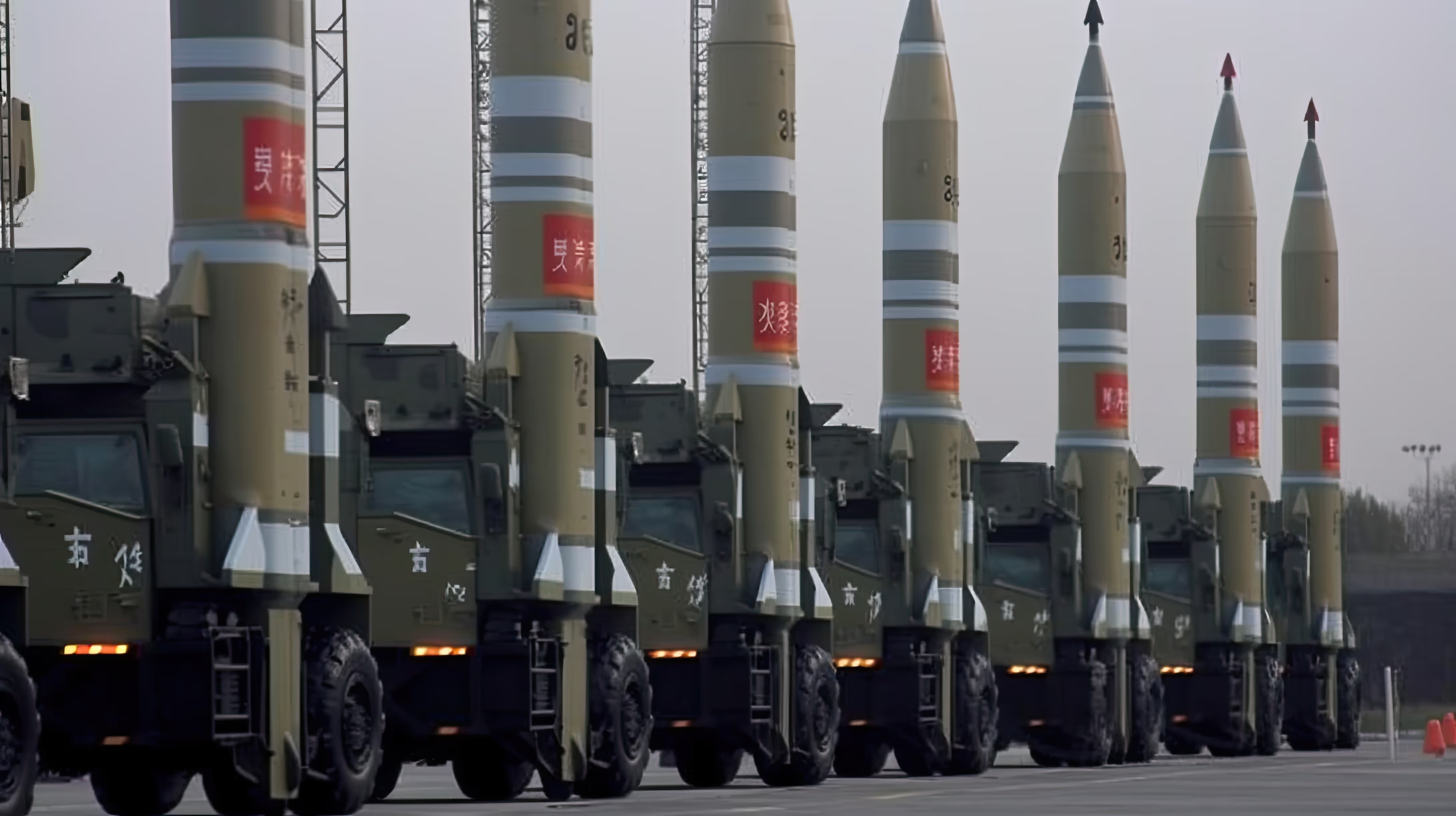2.2.3
Tracker of China's military exercises around Taiwan

2022 drills (4–7 August 2022)
On 2 August 2022, US House of Representatives Speaker Nancy Pelosi visited Taiwan, making her the highest ranking American official to do so in 25 years. Beijing condemned the visit as a ‘major political provocation’ and announced unprecedented large-scale military exercises around Taiwan from 4 to 7 August.
For the first time, the PLA conducted joint operations that completely encircled Taiwan. The PLA Rocket Force launched 11 ballistic missiles, some flying over Taiwan and landing in waters to the island’s east. Several missiles reportedly fell within Japan’s exclusive economic zone.
The PLA established six designated exclusion zones. Taiwan’s Ministry of National Defense reported 68 PLA aircraft and 13 PLA Navy vessels operating in the region. Of those aircraft, 49 crossed the median line of the Taiwan Strait, far surpassing previous records.
Joint Sword 2023 (8-10 April 2023)
In April 2023, Taiwan’s President Tsai transited through the US and held an in-person meeting with Speaker of the House Kevin McCarthy. Beijing condemned the meeting as collusion between ‘Taiwan independence forces’ and external actors. In retaliation, the PLA launched a major exercise, codenamed ‘Joint Sword’, from 8 to 10 April. Chinese state media described the drills as a direct warning to Taipei and Washington.
The exercises focused on precision strikes and an aerial blockade of Taiwan. The PLA’s aircraft carrier Shandong operated off Taiwan’s southeastern coast, launching fighters and coordinating with destroyers that reportedly approached as close as 24 nautical miles from Taiwan’s shoreline.
On 10 April, Taiwan’s Ministry of National Defense reported a record-high number of PLA aircraft operating around Taiwan. A total of 91 aircraft and 12 vessels were detected, of which 54 aircraft crossed the Taiwan Strait median line or entered Taiwan’s ADIZ.
Joint Sword 2024A (23-24 May 2024)
The exercise took place across the Taiwan Strait, around Taiwan proper, and in the vicinity of several outlying islands. For the first time, the exercise was accompanied by ‘comprehensive law enforcement operations’ conducted by the CCG around Taiwan’s offshore islands.
The PLA designated five exercise zones around Taiwan and four around outlying islands. The exercise reportedly included up to 111 aircraft and 46 naval vessels encircling Taiwan. Approximately 82 PLA aircraft crossed the Taiwan Strait median line, some of them approaching as close as the 24-nautical-mile contiguous zone.
Joint Sword 2024B (14 October 2024)
On 14 October 2024, just four days after President Lai Ching-te’s National Day speech declaring that ‘China has no right to represent Taiwan,’ the PLA launched Joint Sword 2024B. Beijing described the one-day operation as a ‘stern warning’ against so-called ‘separatist acts of Taiwan independence forces’.
According to a PLA spokesperson, the exercise centred on joint sea–air combat patrols, the blockade and control of key ports, and simulated strikes on sea and land targets. The CCG again played a visible role, dispatching four flotillas to conduct ‘law enforcement patrols’ around Taiwan. The Liaoning aircraft carrier, operating as part of a carrier battle group, was deployed to the island’s east-southeast.
The PLA declared six exercise zones for Joint Sword 2024B. The zones overlapped with Taiwan’s contiguous zones, representing a notable escalation from earlier exercises. A record 153 PLA aircraft, 14 naval vessels, and 12 CCG ships were reported operating near Taiwan, in the highest single-day count of Chinese aircraft activity to date.
2024 drills (9–11 December 2024)
Soon after President Lai Ching-te returned from a diplomatic tour of Pacific allies, which included transit stops in Hawaii and Guam, the PLA launched a large-scale exercise. Unlike earlier drills, those manoeuvres weren’t publicly named or formally announced by Beijing.
The exercise featured around 90 naval and coastguard vessels operating across an expansive area: waters around Taiwan, the southern Japanese islands, and sections of both the East and South China seas. This represented a significant geographical expansion compared with earlier drills, simulating operations to block foreign intervention across the First Island Chain and east of Taiwan.
The PLA announced seven restricted air space zones from 9 to 11 December, while simultaneously conducting operations around and east of the island. The exercise was reportedly the PRC’s largest maritime operation since the 1996 Taiwan Strait crisis. The CCG again played a central role, with three vessels, including one of its largest, sailing east of Taiwan.
Strait Thunder 2025A (1-2 April 2025)
On 13 March 2025, President Lai Ching-te outlined 17 strategies to strengthen Taiwan’s national security. Less than three weeks later, on 1 April, the PLA launched Strait Thunder 2025A. Chinese officials framed the exercise as a direct response to what they described as provocative policies by Lai’s ‘pro-independence’ administration.
The exercise focused on regional control, blockade operations and precision strike scenarios. The CCG played an active role, conducting coordinated boarding and blockade operations. Analysts highlighted the emergence of a dual-layer ‘cabbage strategy’: an inner ring of maritime militia, CCG and PLA Navy forces encircling Taiwan, and an outer ring designed to harass foreign military forces seeking to intervene.
The PLA declared that Strait Thunder 2025A would take place in the middle and southern sea areas of the Taiwan Strait. The Shandong aircraft carrier group participated, manoeuvring within 24 nautical miles of Taiwan in its closest approach to date. In total, the PLA deployed 135 aircraft, 38 naval vessels and 12 official vessels, underscoring the growing scale and complexity of its joint-force operations.
.avif)
